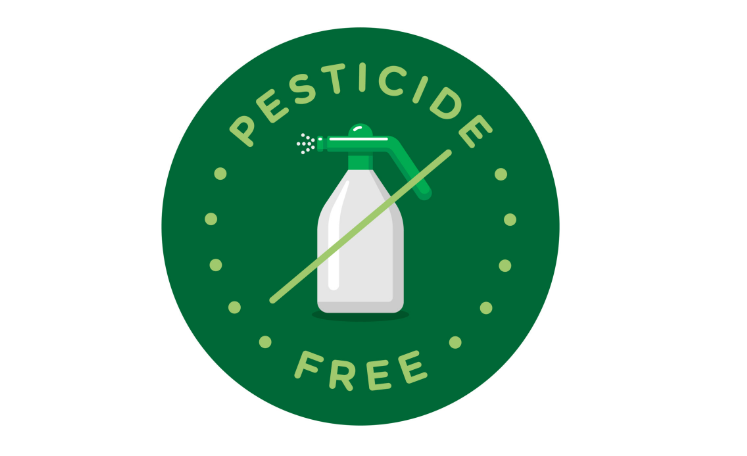Government
New Washington Cannabis Regulations Require Pesticide Testing.

The Washington State Liquor and Cannabis Board (“Board”, “LCB”) voted in March to adopt new final rules effective April 2, 2022 that require all cannabis flower and intermediate cannabis products to be tested for pesticide contamination. The LCB Chair David Postman stated in the Board’s release that:
“testing for pesticides and heavy metals adds a deeper layer of confidence for consumers that these [cannabis] products are free of chemical or biological residuals”.
The Board’s consumer safety concern is indeed a legitimate one as recreational use cannabis producers were previously not required to test for pesticides at all. According to Confidence Analytics, Inc., a WA licensed cannabis testing laboratory, in a white paper released in February, the issue of pesticide contamination in cannabis products in the state is serious. This is particularly true in the case of cannabis concentrate-related products that, when tested on an “off the shelf” basis in 2018, had pesticide failure rate as high as 40%.
The newly adopted rules will impact many parts of the recreational cannabis market, but for purposes of this post the most significant are:
- pesticide testing is now required for cannabis flower and all intermediate cannabis products that are used in the creation of end products like cannabis extract and concentrates; and
- lots, batches, and (“theoretically” according to the LCB) harvests that fail pesticide sample testing may no longer be remediated and those that fail must be destroyed.
Strangely, while it appears that the new regulations allow for producers and processors to pay for retesting of failed samples, our understanding from the LCB is that only failed sample tests for Pyrethrins (a naturally occurring pesticide found in over 2,000 registered pesticide products) will be allowed to be retested. Crops from all other failed sample tests must be destroyed without any opportunity for retesting or remediation.
Additionally, the LCB has not issued guidance on the implication that a failed lot or batch would be considered to have on the harvest it came from, though it did say that theoretically failed sample tests could result in an entire harvest needing to be destroyed, depending on the test results. Neither was the LCB forthcoming in how it planned to enforce the pesticide testing requirements.
In the absence of regulatory guidance, market participants are bound to change their practices and contracts to make sure they are not the ones left without a chair when the music stops. It is hard to imagine these new rules not resulting in downstream testing compliance requirements from retailers to processors and producers. Producers, in particular, have direct control over pesticide use. Logically the burden of compliance would likely be shifted to them.
The only way for retailers and processors to ensure they are not the parties left holding the (tainted) bag is to contractually require producers to prove post-harvest testing compliance before accepting delivery of product. Retails and processors may also require producers to indemnify them, even if they certify to complaint product.
There may be implications here for testing labs as well, though if they are smart, they will provide only very limited recourse for inaccurate testing. In order to ensure acceptance by processors and retailers, producers will need to determine a cost efficient and reliable system of pre and post-harvest pesticide testing. All of this is likely to have significant contractual, economic, and regulatory consequences for the entire marketplace.
Adding to what is likely to be an uncertain and potentially costly implementation period are serious infrastructure concerns with respect to producers and processors being able to access adequate pesticide testing from certified labs within the state. Confidence Analytics also stated in its white paper that currently, “only five out of the eleven Washington state certified laboratories have the technological capability, and WSLCB authorization, for pesticide testing.” The pesticide action level rule lists 59 pesticide compounds and their acceptable thresholds, but few labs in the state have the technology or accreditation to test for all 59. The LCB did comment on the infrastructure issue and is hopeful that problem will be short term.
All market participants are likely to be impacted to some degree by these new rules and the LCB’s currently unknown enforcement policies. Making matters worse, the ability, or lack thereof, to access reliable and efficient testing facilities raises significant compliance and enforcement issues for producers, processors, and retailers.
We will monitor developments on this issue and intend to follow this post with proposed best practices for compliance and enforcement with these new regulations.